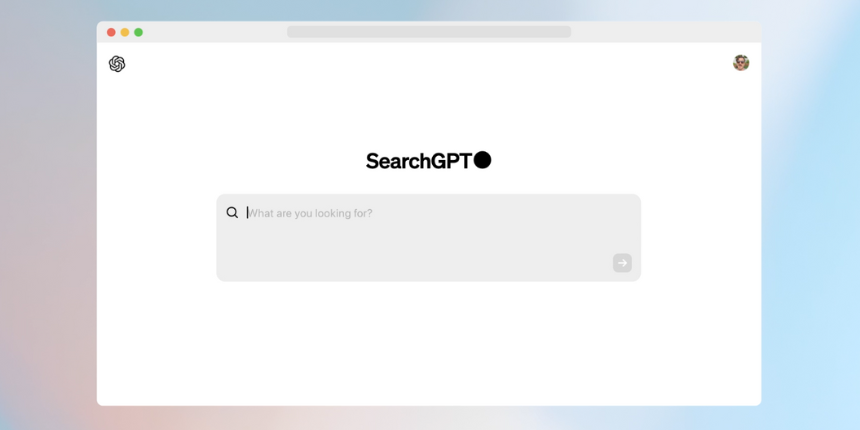
Navigate an unpredictable landscape with actionable, data-driven strategies tailored for your business from the brand down to the local level.

Have you ever paused to wonder if the article you’re reading was crafted by a human or AI? In the age of generative AI, this question is becoming increasingly relevant. The advent of AI technologies like ChatGPT and other advanced models has revolutionized the way we approach writing and generating content. As AI becomes more sophisticated, it will play an increasingly significant role in content creation, revealing both opportunities and challenges.
In this post, we’ll explore how to identify AI-generated content in your everyday life. By understanding the nuances and characteristics of AI-written content, you can better appreciate the unique qualities that human writers bring to the table and ensure the authenticity of the information you consume.
AI is becoming an invaluable tool for content creators, providing numerous advantages that enhance the writing process—the most obvious being speed and efficiency. It can produce content almost instantly, freeing up time for specialists to focus on other tasks and projects. For example, AI-driven tools like Jasper or Copy.ai can generate an article draft in minutes, a task that might take a human writer several hours.
Further, AI can counteract writer’s block by generating ideas, outlines, and drafts, making it easier to start the writing process and break through creative barriers to maintain productivity.
Despite its impressive capabilities, however, AI still requires boundaries and guidance from humans. It can synthesize information and provide data-informed solutions, but the human touch is essential to refine and direct its output. In this sense, AI is not here to replace human writers but to augment their work and help them do more with their time.
AI content detection is the process of determining whether a piece of text, or even art, was generated by AI or by a human. This practice is becoming increasingly vital as AI continues to evolve and integrate into various fields, including sectors that rely heavily on the accuracy and authority of human-generated content, such as healthcare and finance. In these areas, the precision and reliability of information are essential, and any inaccuracies could lead to significant consequences.
With its ability to uphold the integrity of information, AI content detection is also helping to combat the spread of false information in the news. In 2023, a Forbes Advisor survey found that 76% of consumers are concerned with false or misleading content from artificial intelligence, emphasizing the need for effective detection methods to identify AI-generated misinformation.
In addition, AI content detection plays a role in avoiding copyright infringement or plagiarism. AI tools don’t inherently recognize the boundaries of intellectual property, which can result in the unintentional use of someone else’s work. By identifying machine-made content, organizations can better manage and mitigate these risks.
It has become apparent that Google has no intrinsic opposition to content created by AI—as long as it adheres to specific guidelines aimed at maintaining the quality and integrity of information on the web. According to the search giant, its primary concern is content that misleads users or manipulates search rankings, which violates its spam policies. That could include cloaking, where different content is presented to users and search engines, and keyword stuffing, which involves filling a webpage with excessive keywords to manipulate its ranking. Another issue is scaled content abuse, where large amounts of duplicated content are created, offering little to no value to users.
Google’s guidance about AI-generated content emphasizes that it should meet the attributes of E-E-A-T (Experience, Expertise, Authoritativeness, Trustworthiness). These attributes ensure that content, regardless of its origin, maintains high standards and provides genuine value to readers. Google ultimately focuses on rewarding quality content, regardless of whether it is produced by humans or AI, encouraging content creators to focus on producing valuable, informative, and engaging content.
AI-derived content, while functional, often exhibits certain characteristics that distinguishes it from human-written text. Recognizing these traits can help identify the content’s true author.
By being aware of these characteristics, readers can better discern content generated by AI and appreciate the distinct value that human writers bring to the table.
Subscribe to our monthly newsletter.
Identifying AI-generated content can be challenging, but several tools have been designed to assist in this process. These tools use advanced algorithms and machine learning to analyze text and detect patterns indicative of AI authorship.
Using these tools, content creators and readers alike can better detect AI-generated content and ensure the authenticity and soundness of the information they encounter.
While there are many advantages to quickly generating content with AI, the resulting output generally needs at least some human editing to ensure it resonates with audiences. Whether content is “humanized” as part of a quick review or an in-depth redraft, the editor should:
At DAC, we understand that content isn’t about seeing what sticks; it’s about putting the audience first. That’s why our approach combines AI capabilities with human expertise—backed by persona data and topical research—ensuring that our content is both innovative and deeply engaging.
Reach out to us to learn more about our content strategy services and how we integrate AI for optimal results.
Navigate an unpredictable landscape with actionable, data-driven strategies tailored for your business from the brand down to the local level.
Navigate an unpredictable landscape with actionable, data-driven strategies tailored for your business from the brand down to the local level.
Navigate an unpredictable landscape with actionable, data-driven strategies tailored for your business from the brand down to the local level.
Subscribe to our monthly newsletter.